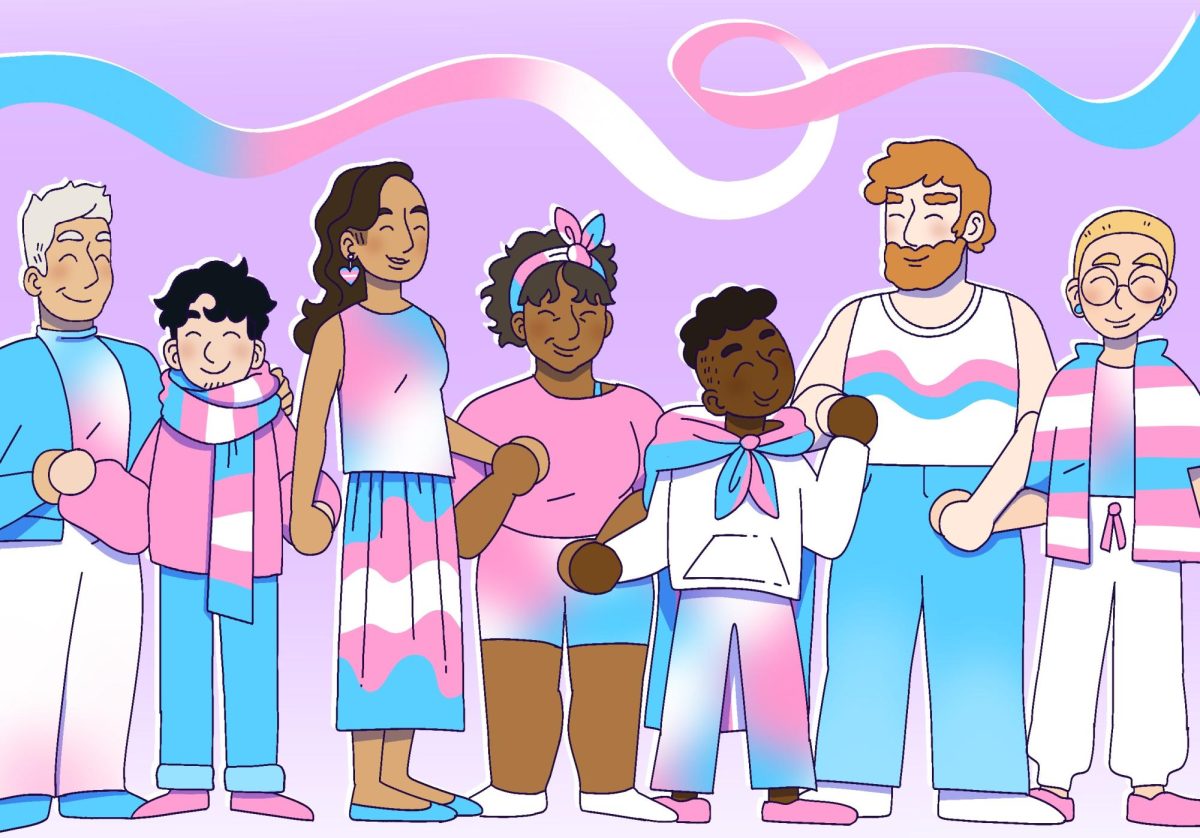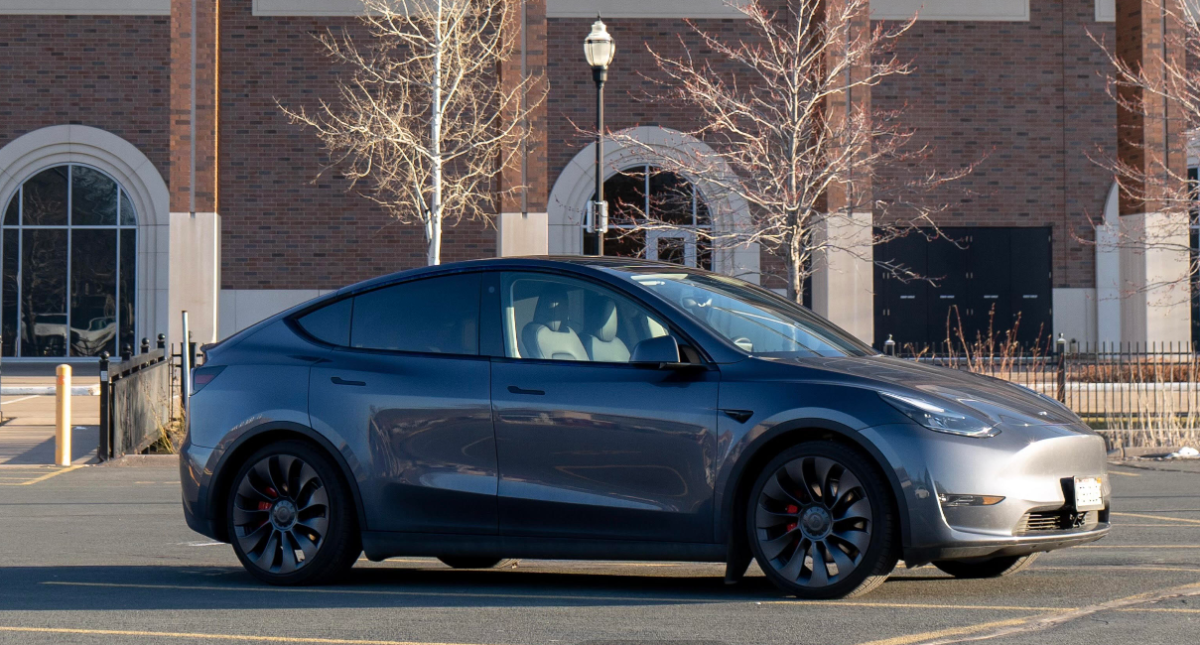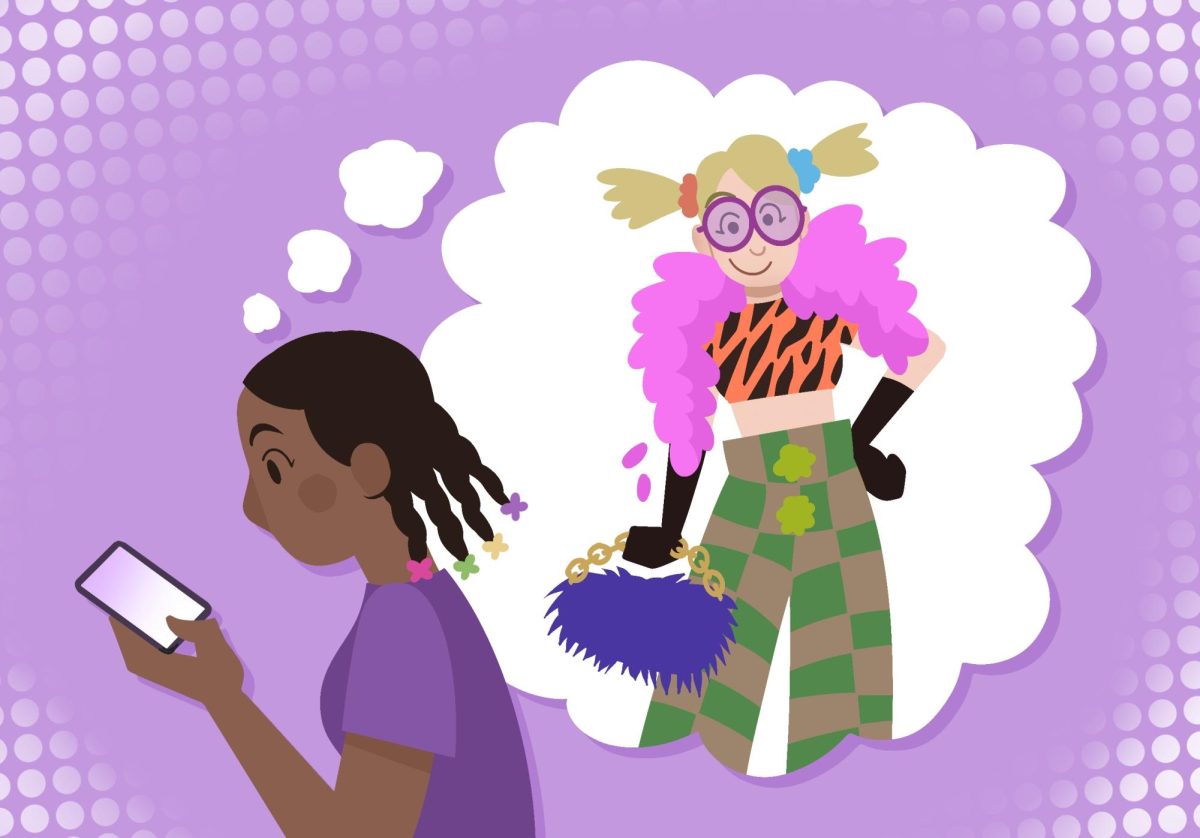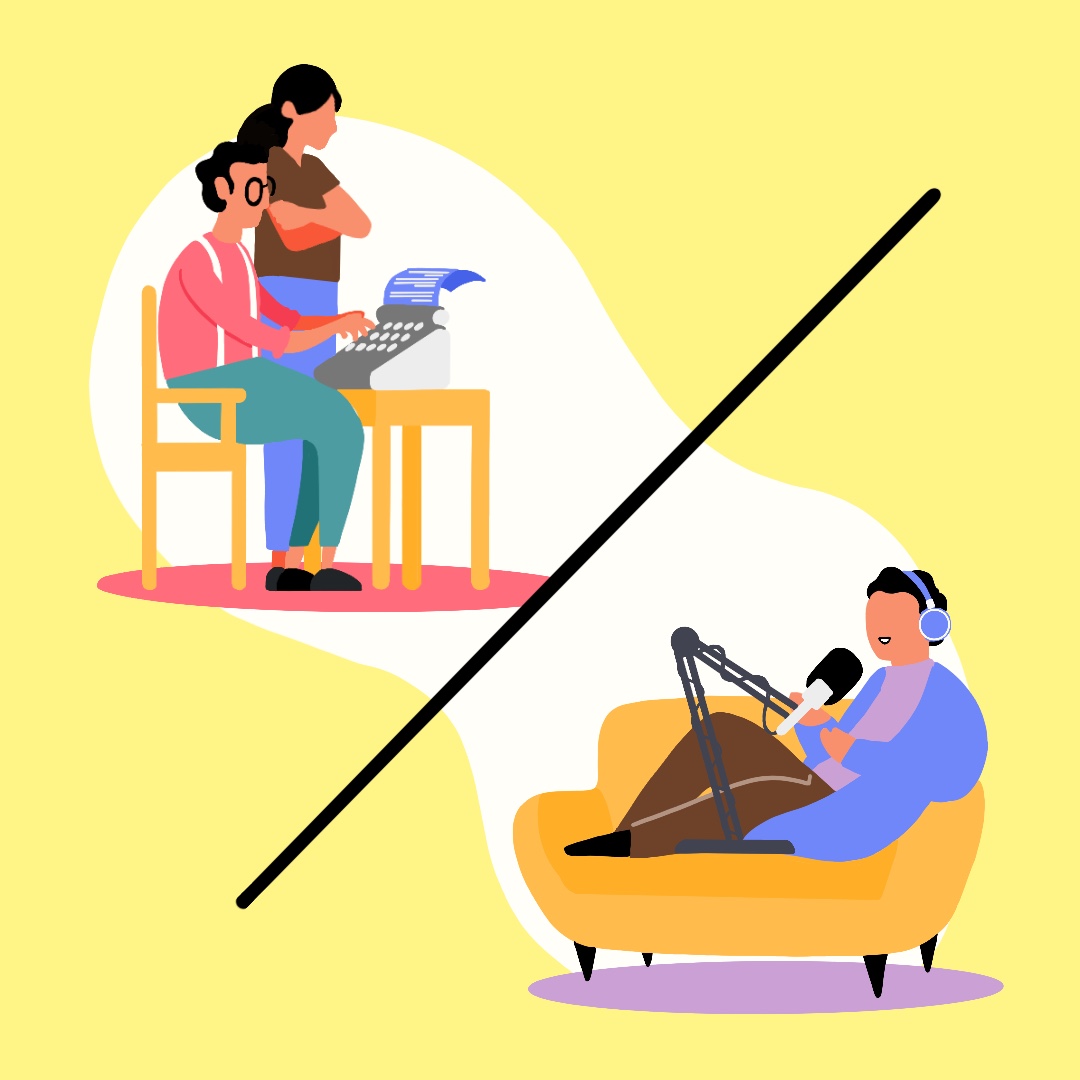The capitalist ritual begins Oct. 1. The air is cool, the leaves are crisp and you can hardly enter a store without being bombarded with orange-and-black promotional materials.
I’d be lying if I said I don’t enjoy it at least a little bit. Halloween is one of my favorite holidays, so its domination of the entire month of October doesn’t bother me that much. That is, until I think about it for longer than a few seconds.
There is something uniquely ironic about the over-the-top commercialization of Halloween in particular. Samhain, the ancient Celtic festival many consider to be a precursor to Halloween, was in part a celebration of the harvest and nature’s bounty. Its distant cousin in the industrialized age, however, is more concerned with overconsumption.
This overconsumption is both literal and metaphorical. The former manifests itself most clearly in the fact that the main aim of standard Halloween activities is to either eat as much candy or drink as much booze as humanly possible.
The metaphorical is less immediate. The commercialism that is so characteristic of the holidays drives overconsumption, which in turn accelerates the depletion of our planet’s resources. Those of us who have the privilege of living in the Global North have become accustomed to a baseline of energy and “stuff” that is detrimentally high. We buy more, we use more and we have the carbon footprint to prove it.
It’s clear that the Halloween we know today is the bastardized cousin of the festivals of ancient times. Its meaning has been distorted to the point where nothing remains outside of consuming things.
I’ll take a moment to step down from my high horse here. After all, what have I done to prepare for Halloween? I’ve purchased some tiny, useless gourds and components for my costume. I’m complicit, I guess. But what are we to do? Boycott the holidays?
We could spend less, I suppose. But that superficially reasonable suggestion ignores the root of the problem.
Placing the onus on the consumer to not fall prey to commercialist tactics is unproductive, to say the least. Advertisers have, after all, honed their craft over the decades to make their little doodads as irresistible as possible.
And yet, perhaps the most significant change to be made is cultural, a collective shift to a more conscientious way of consuming. What is it that we feel, anyway, when we decorate our yards with our umpteenth plastic headstone? When we buy yet another tiny useless gourd to leave on our kitchen table to rot? Are we doing this because we enjoy it, or because we are expected to?
What I’ve tried to apply in my day-to-day life is mindfulness. Some consumption is worthwhile, and I try to limit my holiday consumption to what I know will genuinely, to use Marie Kondo’s term, spark joy. Buying pumpkins to carve with my brother, for example, sparks joy because in this case, a pumpkin’s worth extends beyond its status as an object. When I buy pumpkins and carving tools, I’m also buying quality time with my sibling.
I’m also in favor of more eco-conscious alternatives to typical consumption. Buying costume components secondhand, or better yet, shopping your closet, is a simple way to reduce individual environmental impact. A tasty way to reduce waste from pumpkin carving is to save the seeds and bake them in the oven. There are plenty of tiny habits we can integrate into our holiday rituals to make them, bit by bit, less wasteful.
I’m not perfect by any means. I still have my vices – pumpkin-scented candles, for example. But perfect is the enemy of good. If we are daunted by the unattainable idea of achieving zero-waste perfection, we may feel too intimidated to make substantial change. Any positive change is worthwhile, both for the environment and for our wallets.














